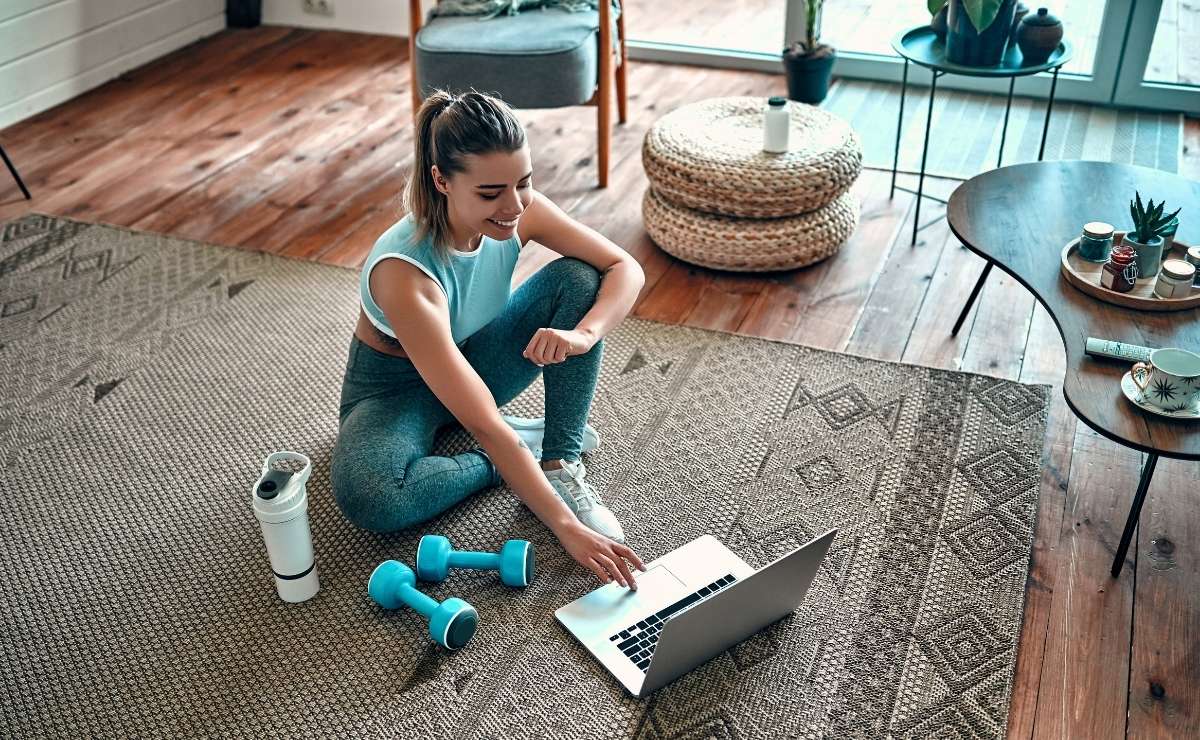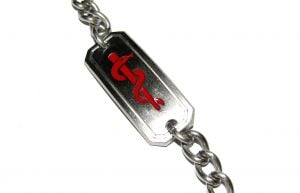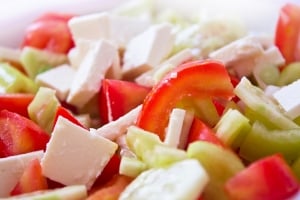Insurance should be more than protecting your loved ones; it’s about living your life to the fullest. Manulife Vitality gives you insurance, plus the opportunity to earn rewards and save on how much you pay – all while improving your health.
How does Manulife Vitality work? You track your everyday healthy activities through a customized, goal-oriented program that helps motivate and encourage healthier choices. Before you know it, you'll start earning rewards! You can earn Vitality Points for routine activities like walking, going to the dentist, reading health articles, and more.
Once you start earning Vitality Points, your Vitality Status can move to Bronze, Silver, Gold, then Platinum. Your Vitality Status determines your eligibility for rewards AND a potential discount on your annual cost of insurance. You can work towards improving your health while earning additional perks!
3 Steps to Manulife Vitality:
- Know your Health: When starting the Manulife Vitality program, you'll discover your Vitality age. This might be higher or lower depending on your current overall health. The first step of improving your health is knowing your starting point.
- Improve your health: Track your everyday healthy activities through a customized, goal-oriented program to encourage and inspire healthier choices. The Manulife Vitality program offers simple tips and convenient easy-to-use tools such as wearable devices to help track your activities.
- Enjoy the results: Start earning Vitality Points for routine activities you may already be doing – walking, going to the dentist and reading health articles online. The more points you earn, the higher your Vitality Status, and the greater your potential rewards and discounts.
What are users saying about Manulife Vitality?
For more information, visit Manulife's Vitality for Individuals page. You can also check out Manulife's Program Rewards page that lists the partners involved and your possible rewards. Staying motivated and incorporating a healthy routine can be challenging – Manulife Vitality is here to make it that much easier.




 Onset
Onset Fruits and Vegetables
Fruits and Vegetables Open and close your hands with your arms (a) extended in front of you (b) over your head and (c) to your side. Repeat each motion three times.
Open and close your hands with your arms (a) extended in front of you (b) over your head and (c) to your side. Repeat each motion three times.
 Myth #1: The flu isn’t so bad.
Myth #1: The flu isn’t so bad. Some Ideas to Get You Started
Some Ideas to Get You Started